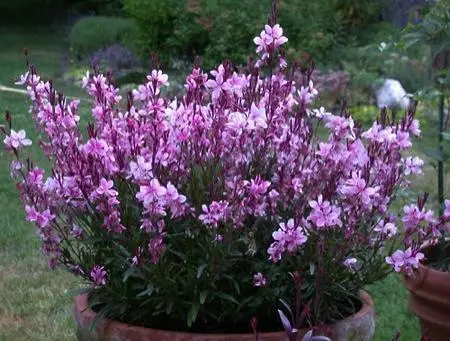Perennials are non-woody plants that live for two or more years. Most are herbaceous, dying down to the ground level in fall, some to woody base, and emitting new development in spring. Some, like Helleborus niger, are “evergreen” and therefore have a valuable winter presence.
Perennials
Most perennials unfold in summer, but some flowers, such as Liriope muscari and Iris unguicularis, enliven the garden in fall and winter, while Helleborus orientalis welcome spring with their bloom. We can find perennials that look their best at any time of the year, which gives a lot of play when designing a garden.
Much more than any other type of plant, perennials have an immense variety of appearances, smells, shapes, colors and textures. Although they are often valued most for their flowers, many also have attractive foliage; from the ribbed and rolled leaves of the beautiful ones to the sword-like sashes of the lilies or the fine lines of the fennels. In general, the foliage lasts longer than the flowers, so choosing perennials with decorative leaves helps to lengthen the appearance of our garden for longer, which is an important factor to consider in small gardens.
The height varies between the crawlers, such as Lamium maculatum, of only 10 and 15 cm in height, to the sculptural Argentine grasslands, which can widely exceed 2 m. Upholstery perennials are ideal for the front of the garden or for pots, while tall, graceful plants are best grown individually or in the back of a border, to give the design lift and structure.
The perennial well combined are able to create a sense of variety even in very small gardens or older peculiarities big one: they are a palette of unlimited composition.


2 thoughts on “Perennials: an attractive garden all year round”